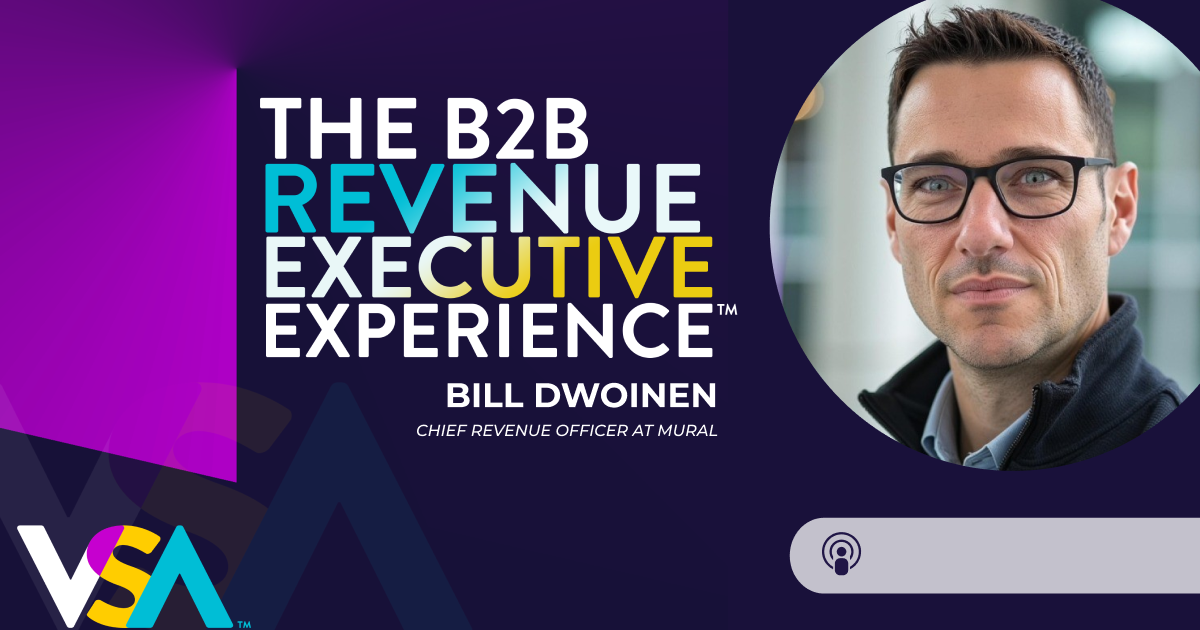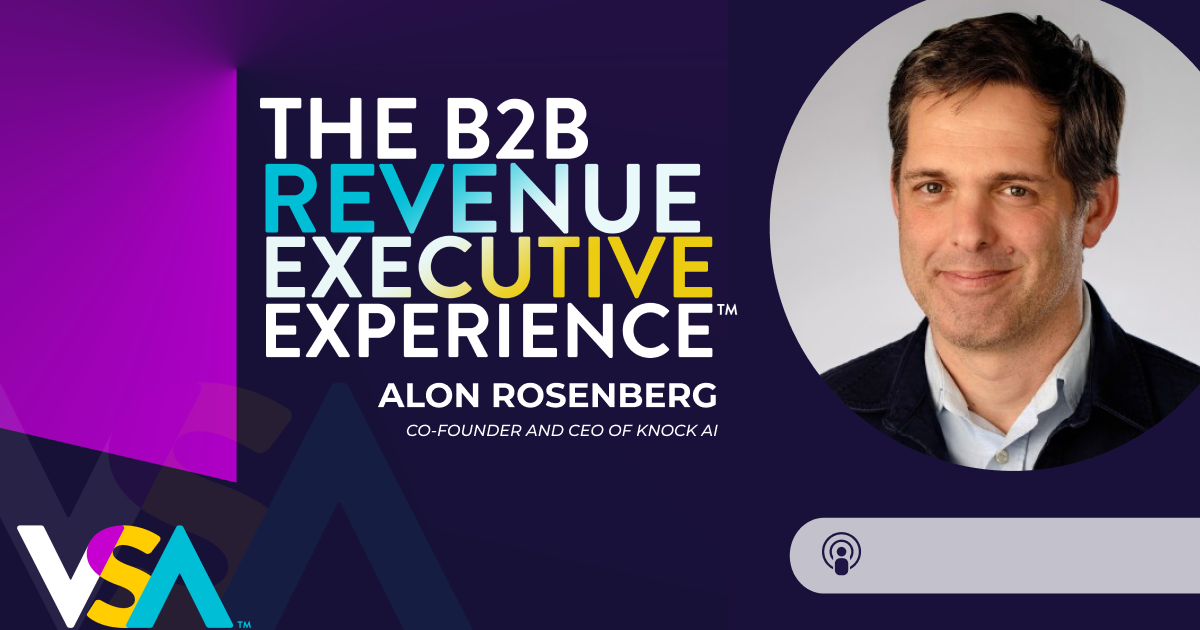The 5 Key Components of a Cadence

What makes a cadence tick? What’s inside it’s DNA that makes a cadence effective? Or perhaps, not so effective?
Before we get into that, it’s helpful to know what a cadence is in general terms. “Cadence” is a popular buzzword in sales right now. Like all buzzwords, it can be difficult to pin down just what is meant by it.
Gabe Larsen’s team at InsideSales Labs set out to figure that out. They wanted to establish a definition that was both tight and useful.
After extensive studies—which you can check out for yourself here—they finally reached a succinct definition. According to Larsen, a cadence is “a sequence of activities to increase contact and qualification.”
While that definition is helpful as a grounding tool, the remainder of InsideSales Labs’ research puts it in perspective a bit more by breaking open the DNA of a sales cadence.

Here is an overview of the five key components of a sales cadence.
1. Attempt
The first piece of the puzzle is how many attempts you make to establish contact. How many touches do you get before you give up and move on to a new target?
Surveys have found that most sales professionals believe they are getting an average of 15.5 touches before moving on. However, the data InsideSales Labs gathered from studying real people making actual phone calls tells a different story.
In fact, their study shows that most salespeople are only making an average of 4.05 attempts before jumping ship.
That’s a wide gap between perception and reality. Those are the current numbers, but what is the ideal?
Best practice suggests that 10-15 touches work best. After that, it’s kind of a moot point, and before that, you aren’t quite trying hard enough.
2. Media

There are a number of ways to try to reach potential customers, including: social media, voicemail, text, email, and phone.
Email is easily the most popular communication method. It is used twice as much as phone calls. That’s not to say that no one is dialing for dollars anymore. And, despite the pessimism that voicemail is dead, over 50 percent of sales professionals in the study still use it.
But which methods bring the best rewards?
Although email is the most popular medium, it actually works best when paired with voicemail or phone calls. It’s difficult to stand out with just an email, but when there’s a tangible reminder of that material via phone, the message is more powerful.
3. Duration
The third factor is the timeframe of the cadence. How long is this thing running? When surveyed, people generally believed they were running a sales cadence for around 20 days.
Not so, according to the study. Instead, the average is far lower at 4.89 days.
That’s a shame because that 20-day average is much closer to where they should be. Best practice in this case is anywhere from 14 to 21 days—or two to three weeks.
Of course, the overall length of time is only part of the equation. After all, if your cadence is supposed to last 14 to 21 days and you need to get in 10 to 15 touches during that timeframe, how many days should you wait in between attempts?
That’s where the fourth component comes in.
4. Spacing
The fourth piece of the puzzle is the length of time between touches. In practice, most people are all over the place with the wait time. Some may make a phone call, send an email the next day, and then wait 3 weeks to try anything else.
It all seems to be very sporadic, but the study suggests the optimal time between attempts is actually 1 to 3 days.
There are psychological reasons for this. It’s all about immediacy and remaining top of mind for the person. We’re all extremely busy people, and if you wait too long between attempts, there’s a good chance your contact will have trouble remembering who you even are.
5. Content

None of the previous puzzle pieces matter if you can’t get the content right.
The study shows that most prospecting emails average around 362 words. Best practice shows that we need to trim that a bit. Keeping the email content below 300 words seems to bring the best returns.
Voicemail is similarly afflicted with being overly verbose. The average voicemail time was about 23 seconds, but there were plenty that came in over 30 seconds long.
But length is only one aspect of content. Another, which is perhaps more important, is the amount of personalization in the content. Personalization takes so much time that it’s tempting to just automate everything. That is a mistake.
It’s hard enough to get your email or voicemail or social media post to stand out without handicapping yourself by making it robotic.
Conclusion
Cadences are sequences of activities to increase contact and qualification. At its most basic, it’s a combination of tools to use in order to make your sales efforts pan out.
Hopefully, this dive into the DNA of a sales cadence gives you a jumping off point to tweak your own cadences.
This post is based on a podcast interview with Gabe Larsen from InsideSales Labs. To hear this episode, and many more like it, you can subscribe to the B2B Revenue Executive Experience.
If you don’t use iTunes, you can listen to every episode here.
Explore More









